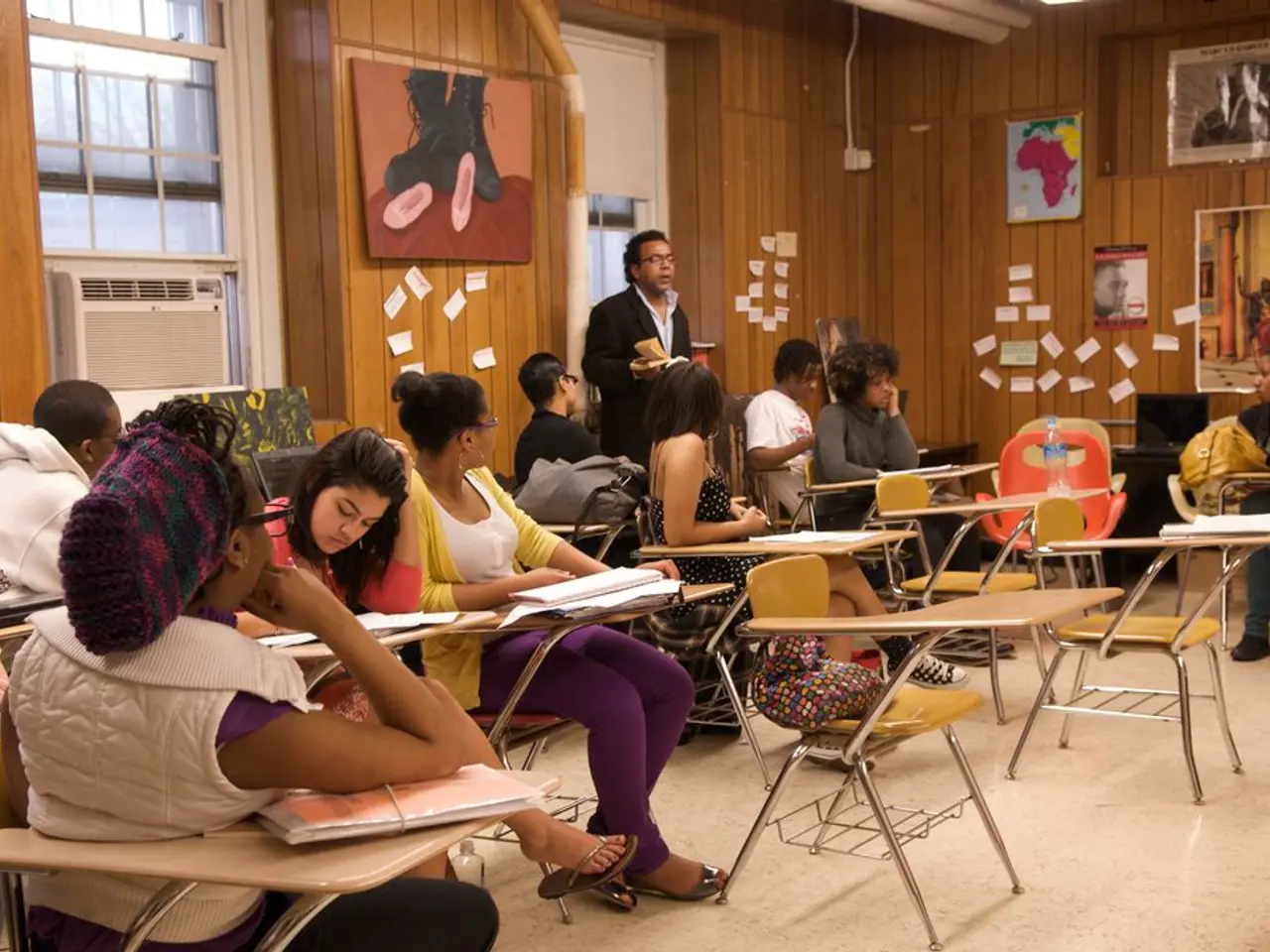Transforming Education: Embracing Hands-On Learning Approaches
Experiential learning, a pedagogical approach that emphasizes active participation, reflection, and real-world application, is gaining traction in both higher education and K-12 settings. This innovative method aims to foster critical thinking, problem-solving skills, and a deeper understanding of academic concepts.
Implementing Experiential Learning
Effective implementation of an experiential learning curriculum begins with small, focused activities that are tied to clear learning objectives. These activities can range from group discussions and role-plays to journaling, each designed to build engagement without overwhelming teachers or students. The experiences should reinforce specific academic goals, helping students see the relevance and deepen their understanding.
Student reflection plays a crucial role in experiential learning. Post-activity reflections, whether through journaling or group discussions, help students internalize experiences and link them to conceptual learning. Encouraging student choice in learning processes, such as letting them select projects or propose ideas, boosts ownership and motivation. Cross-disciplinary projects, like a sustainable city project integrating science, economics, math, and art, provide a holistic approach to learning. Real-world contexts, such as connecting classroom learning to community or workplace projects, make learning authentic and meaningful.
Assessing Experiential Learning
Assessment in an experiential learning curriculum goes beyond traditional testing methods. Performance-based assessments evaluate students’ ability to apply skills and knowledge in real-world or simulated contexts. Reflective practices, as integral parts of assessment, gauge deeper learning, self-awareness, and growth. Design thinking frameworks are used to measure experiential learning outcomes, ensuring assessments align with learning conditions and student success goals.
Assessments should be equitable and address social-emotional learning needs alongside cognitive skills. Clear rubrics that relate to the learning objectives and competencies targeted by experiential activities, including critical thinking, collaboration, and creativity, are essential.
Adapting Experiential Learning
In K-12 settings, inquiry-driven, transdisciplinary projects with coaching and time allocation planning are key. Aligning the curriculum to national or local frameworks emphasizing competency-based education, such as the National Education Policy (NEP) in India, is important.
In higher education, essential life skills are promoted through integrated seminars, workshops, and extracurricular experiential programs. Overcoming institutional barriers like budget and scale is crucial. Tools like digital badges, leadership residencies, and essential skill seminars can systematize experiential learning programs.
Notable Examples
High Tech High in San Diego offers a project-based learning framework that emphasizes real-world challenges, allowing students to collaborate and develop critical thinking skills. Northeastern University's co-op programs emphasize professional internships that blend academic study with practical, hands-on experience, significantly enhancing student employability and engagement.
The shift towards integrating technology in the experiential learning curriculum is becoming increasingly prominent. This enables educators to create immersive learning environments, allowing students to engage in hands-on experiences from remote locations. Institutions like the Massachusetts Institute of Technology (MIT) promote hands-on learning through its MIT D-Lab, which focuses on global poverty alleviation, reinforcing students' technical skills and cultural awareness.
Virtual reality (VR) and augmented reality (AR) technologies are enabling educators to create immersive learning environments, enhancing accessibility and broadening the scope of experiential learning opportunities.
The Experiential Learning Cycle
Kolb's Experiential Learning Cycle, consisting of four stages (concrete experience, reflective observation, abstract conceptualization, and active experimentation), supports the experiential learning curriculum.
Challenges and Opportunities
Implementing an experiential learning curriculum presents challenges, such as resource constraints, alignment with standardized testing and curriculum requirements, and educator training. However, the benefits—developing critical thinking and problem-solving skills, increased motivation and retention of knowledge, improved collaboration, and nurturing adaptability and resilience—make it a transformative approach to education.
The University of Minnesota's Center for Experiential Learning integrates service-learning into various subjects, allowing students to participate in community service projects that connect classroom theories with social issues, promoting civic responsibility and deepening learning experiences. Field trips represent another effective experiential learning strategy in K-12 educational settings, enriching students' classroom learning through firsthand insights gained from visiting museums, historical sites, or science centers.
Creating an experiential learning curriculum involves a systematic approach to curriculum design that emphasizes active learning through real-world experiences. An effective experiential learning curriculum incorporates four key elements: concrete experience, reflective observation, abstract conceptualization, and active experimentation.
- Experiential learning, through tools like digital badges and leadership residencies, is being integrated into higher education seminars and workshops to promote essential life skills and personal growth.
- By adapting learning theories like Kolb's Experiential Learning Cycle, educators can foster teamwork skills and critical thinking in students by focusing on real-world application and active participation.
- E-learning platforms can facilitate this process by creating immersive learning environments, especially with the help of virtual reality (VR) and augmented reality (AR) technologies, thus making experiential learning more accessible and expanding its potential.




